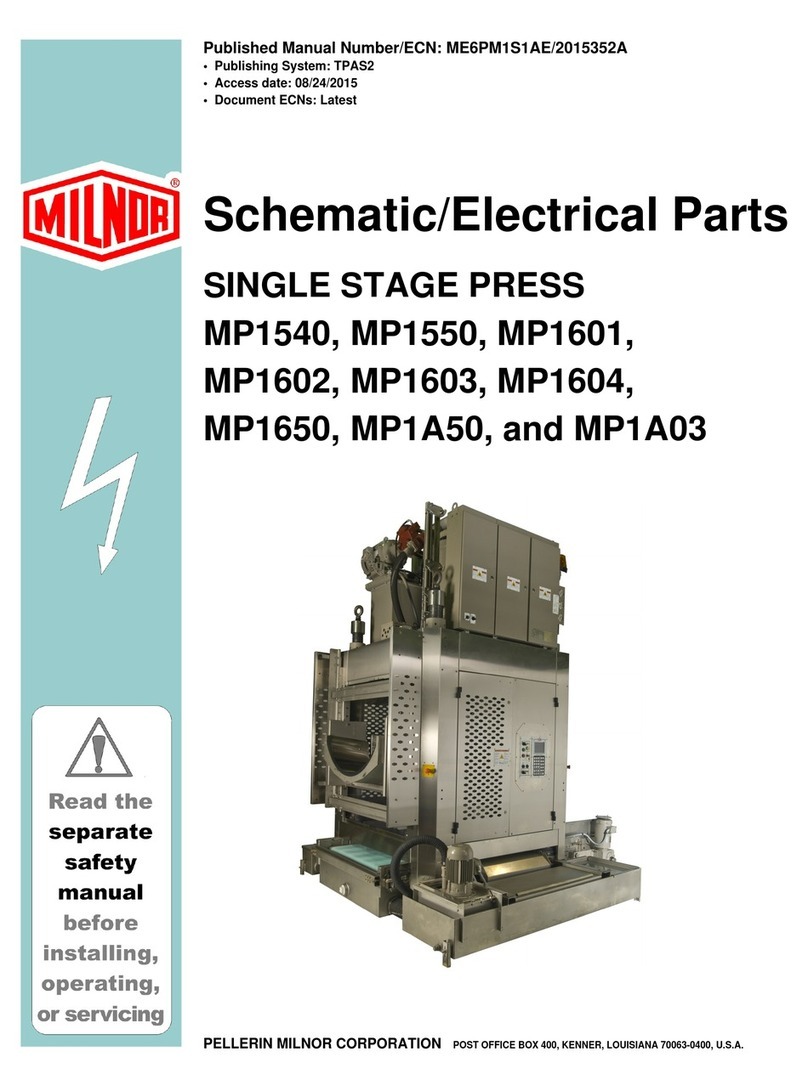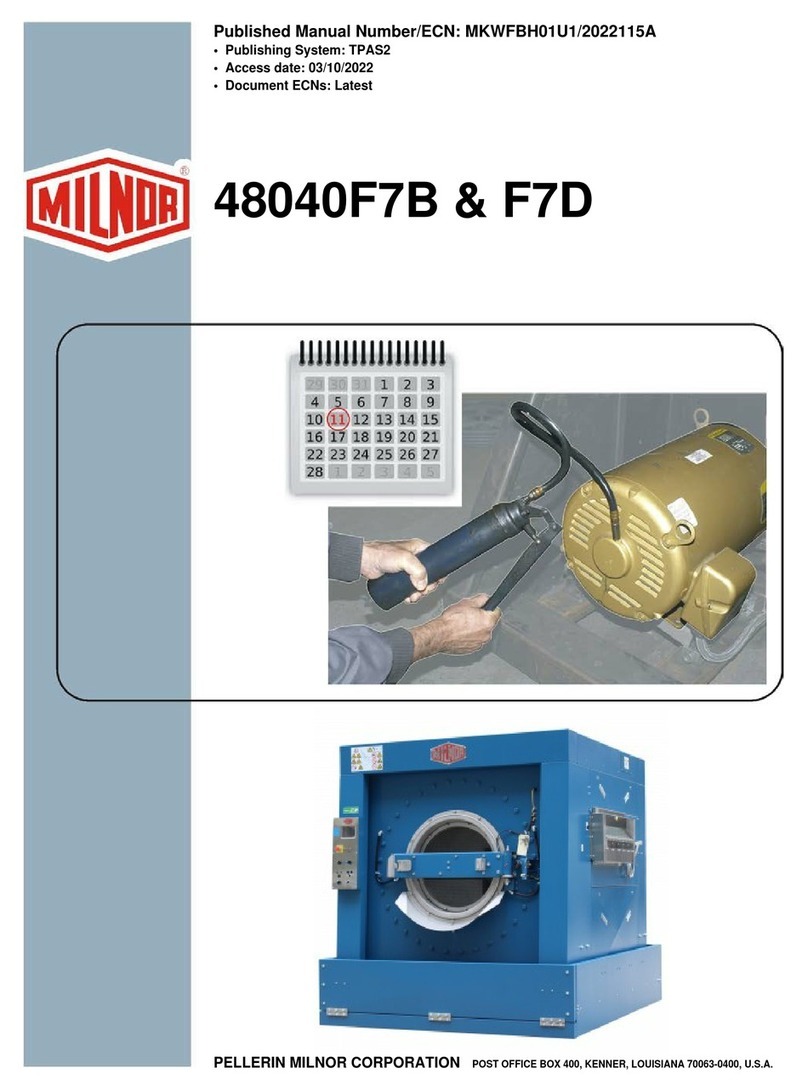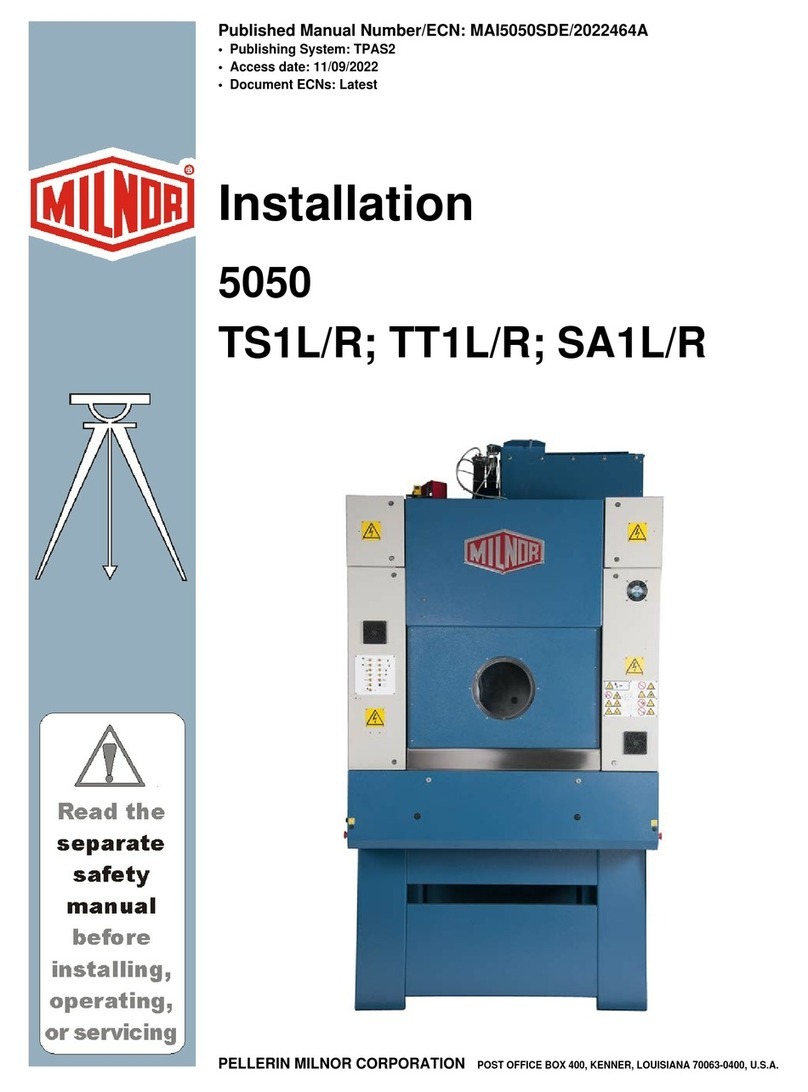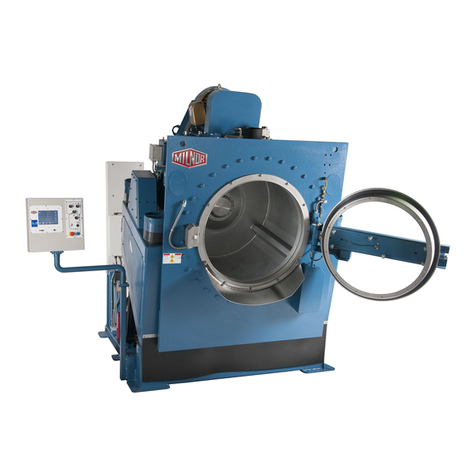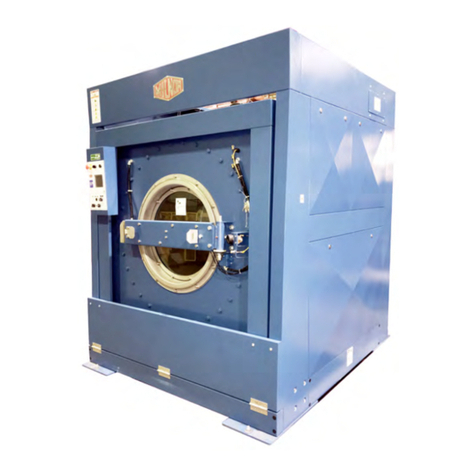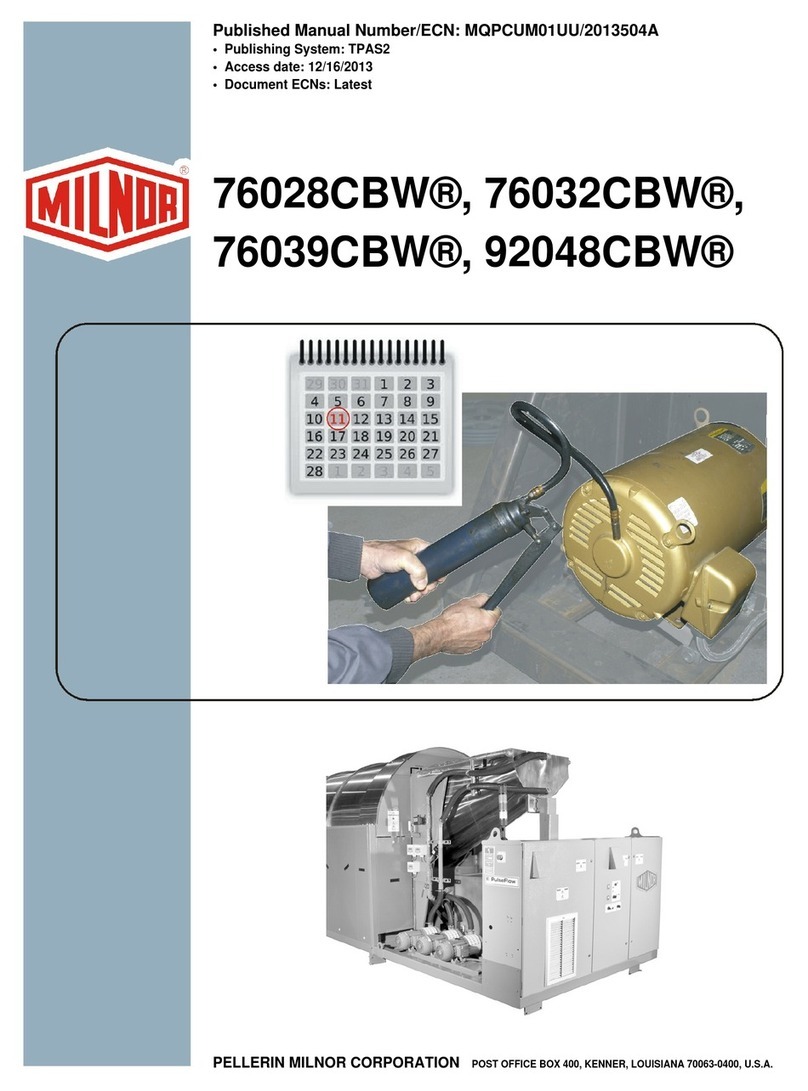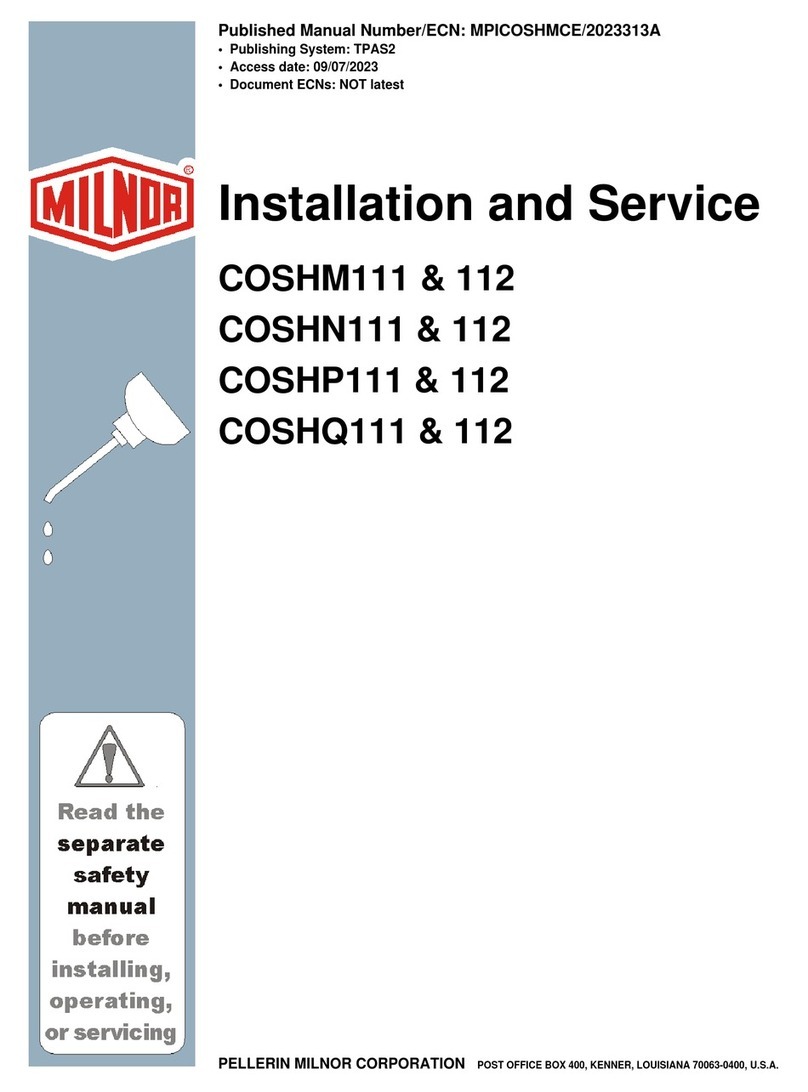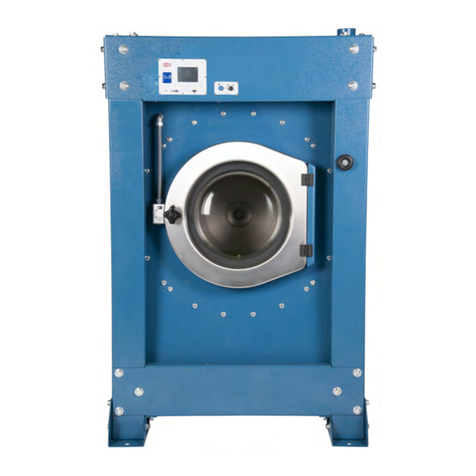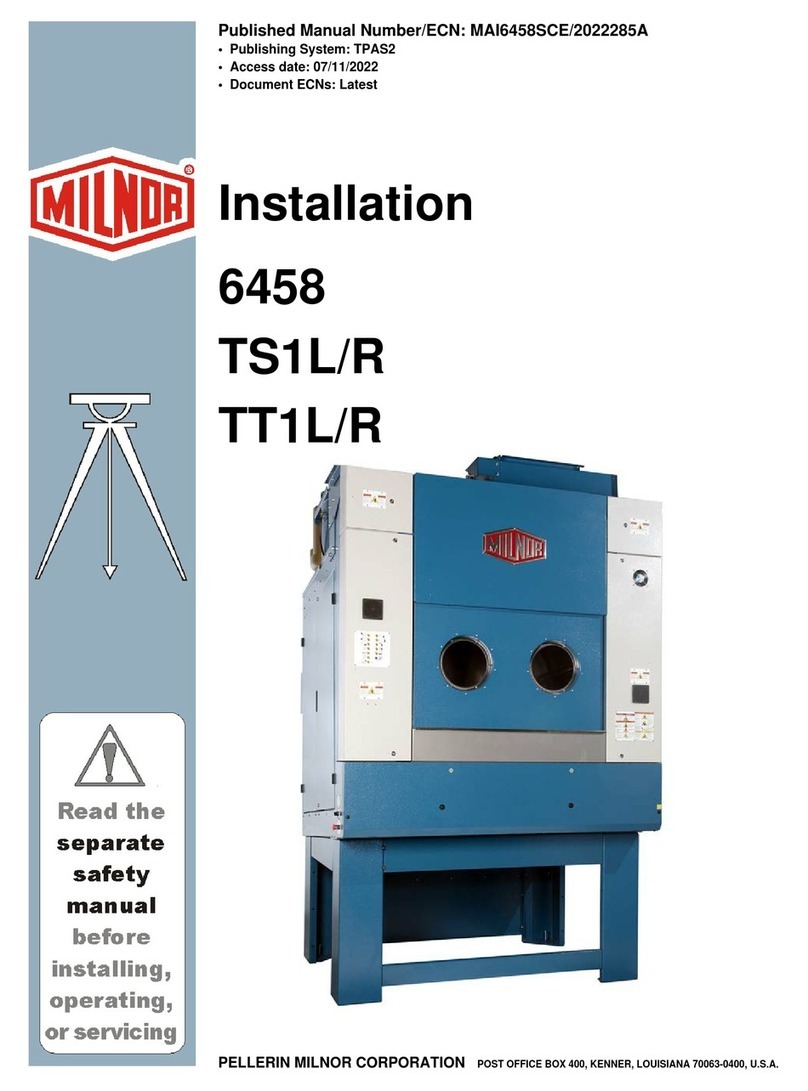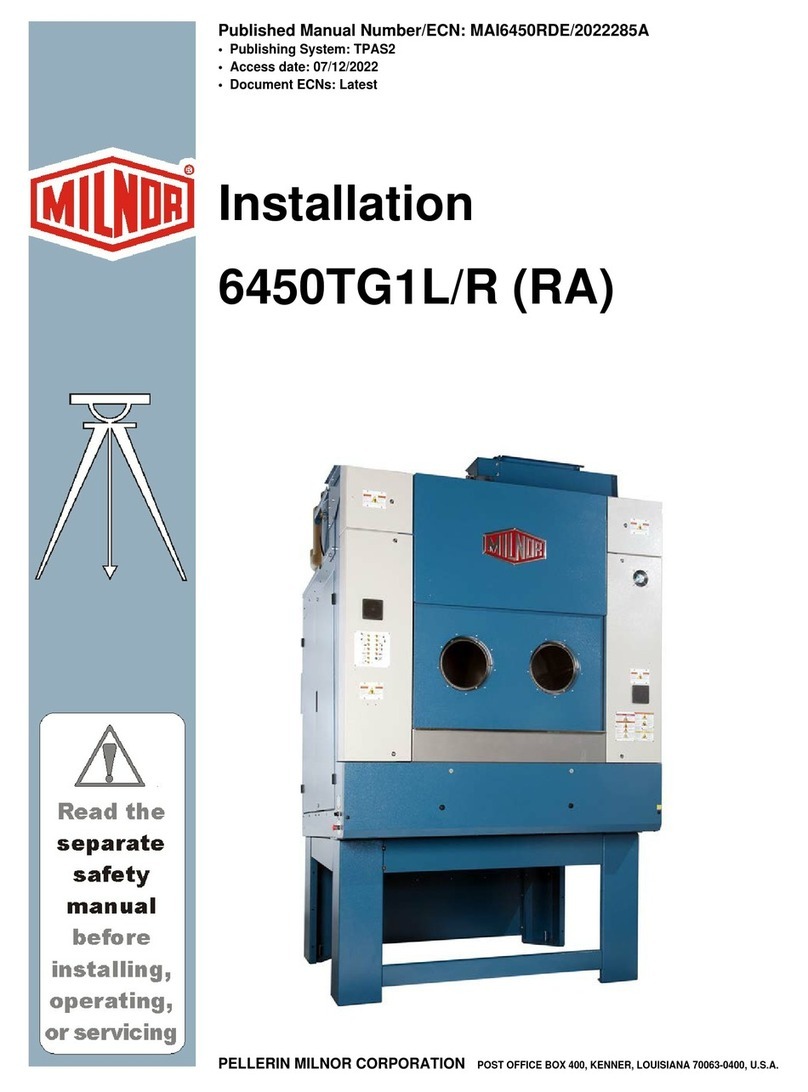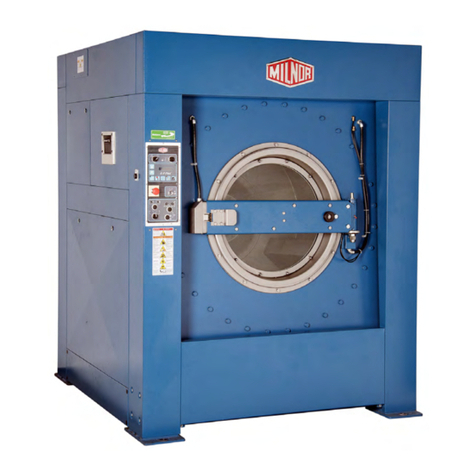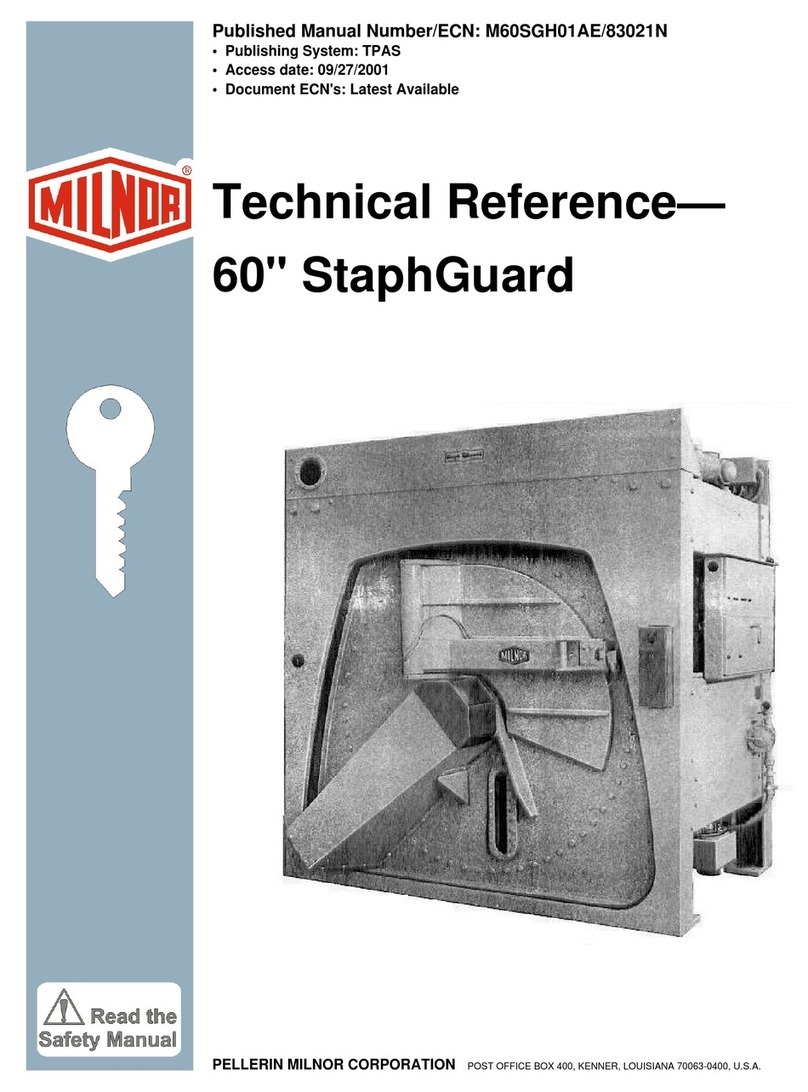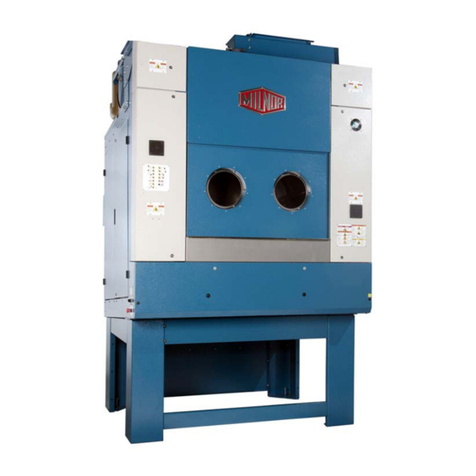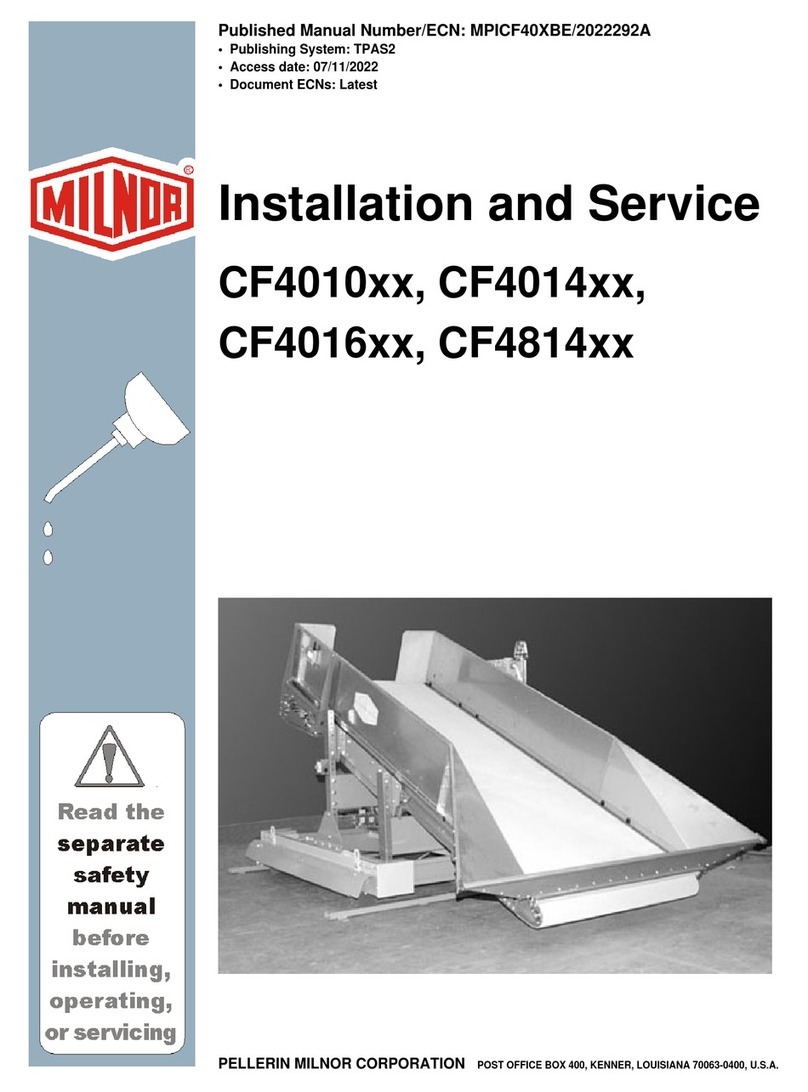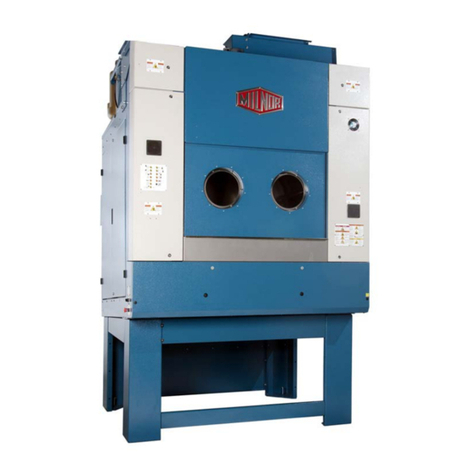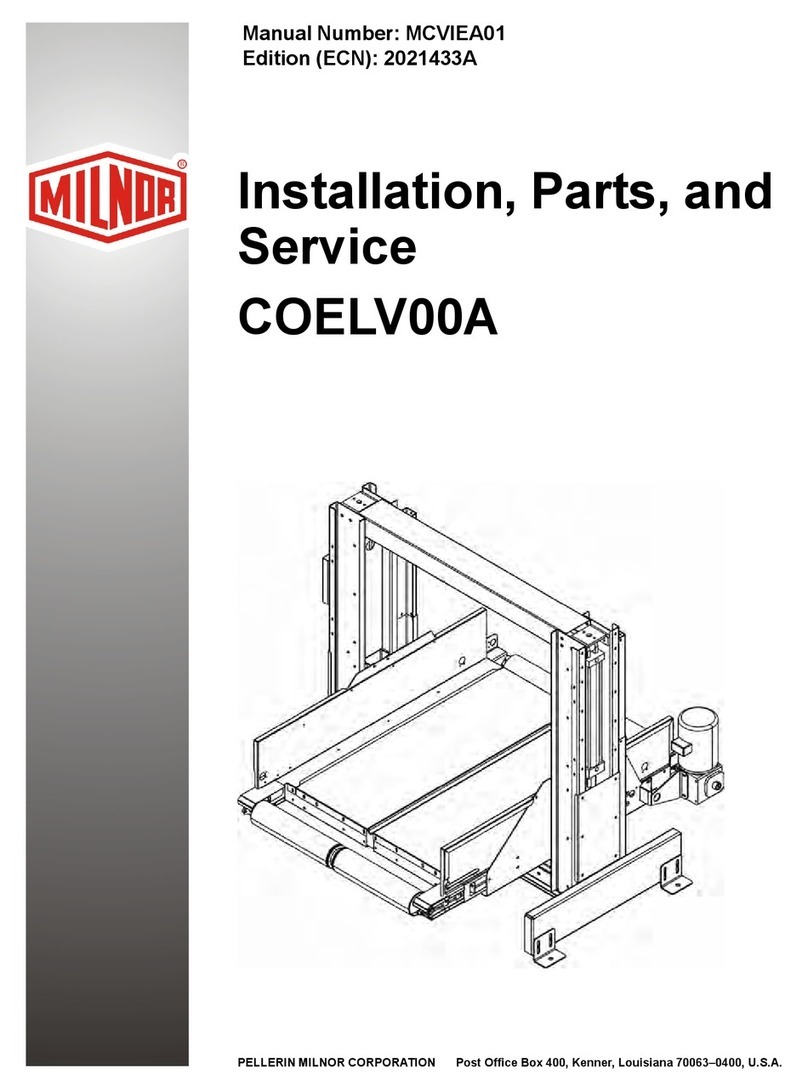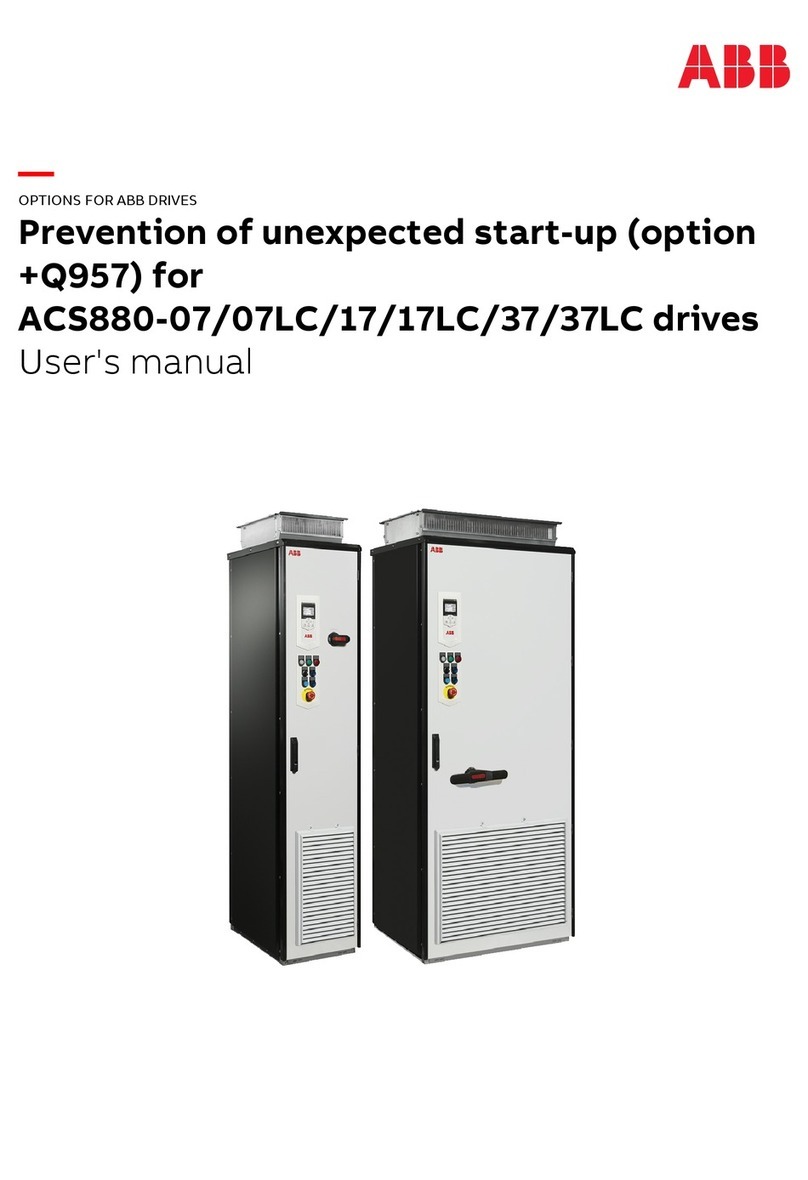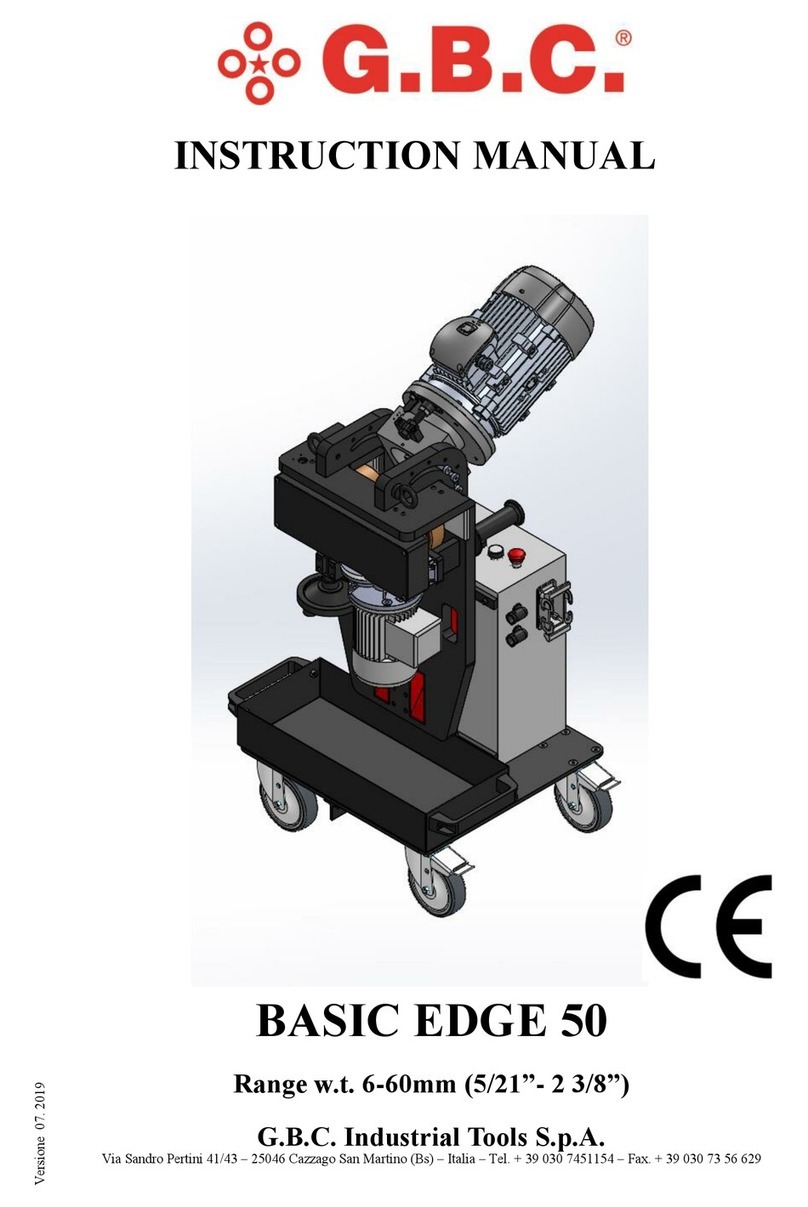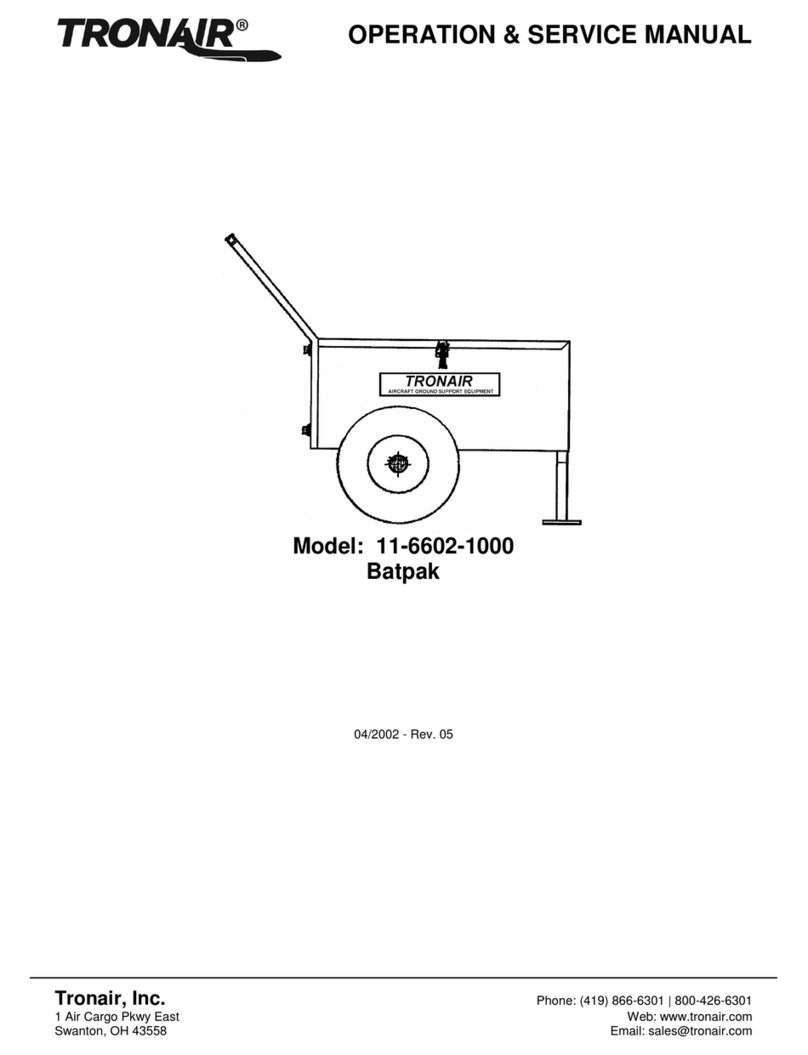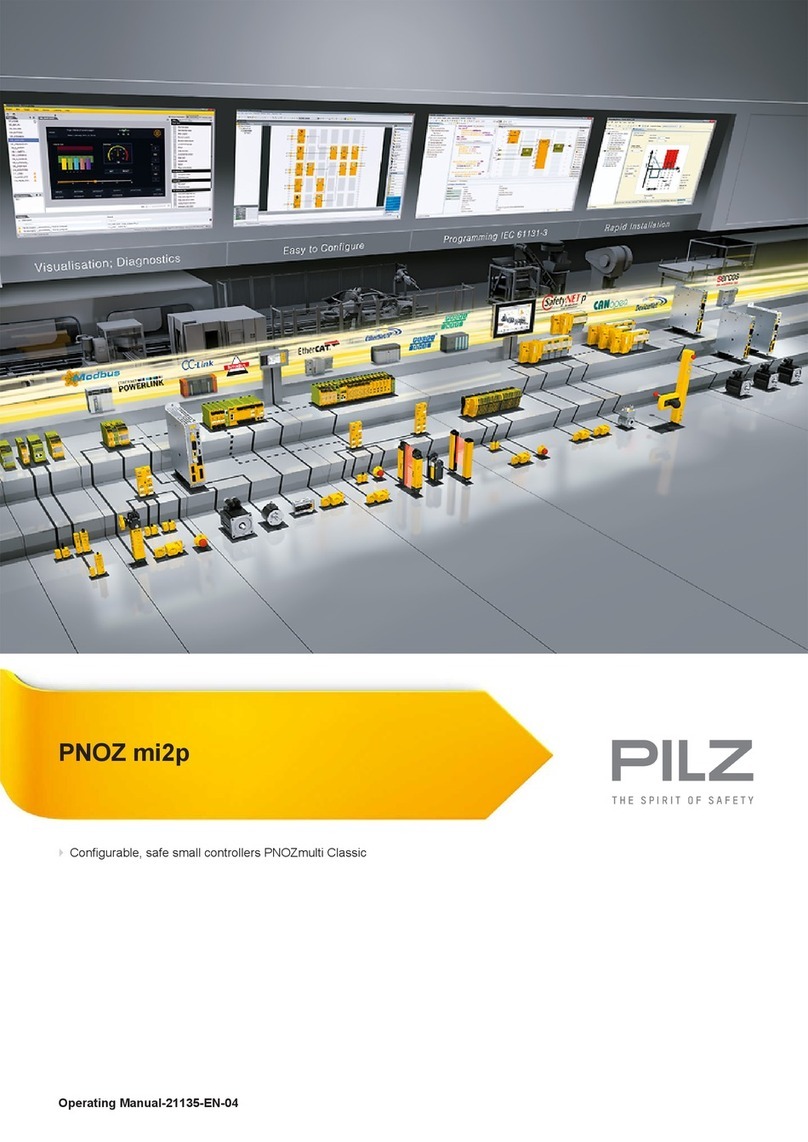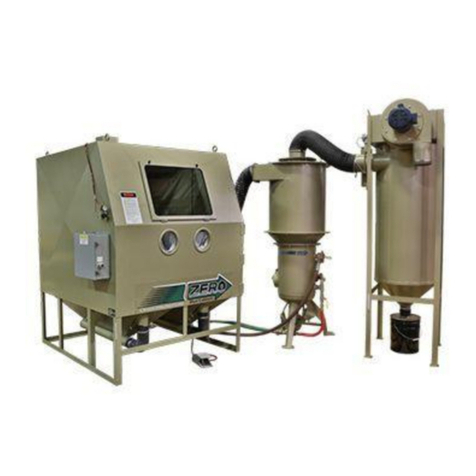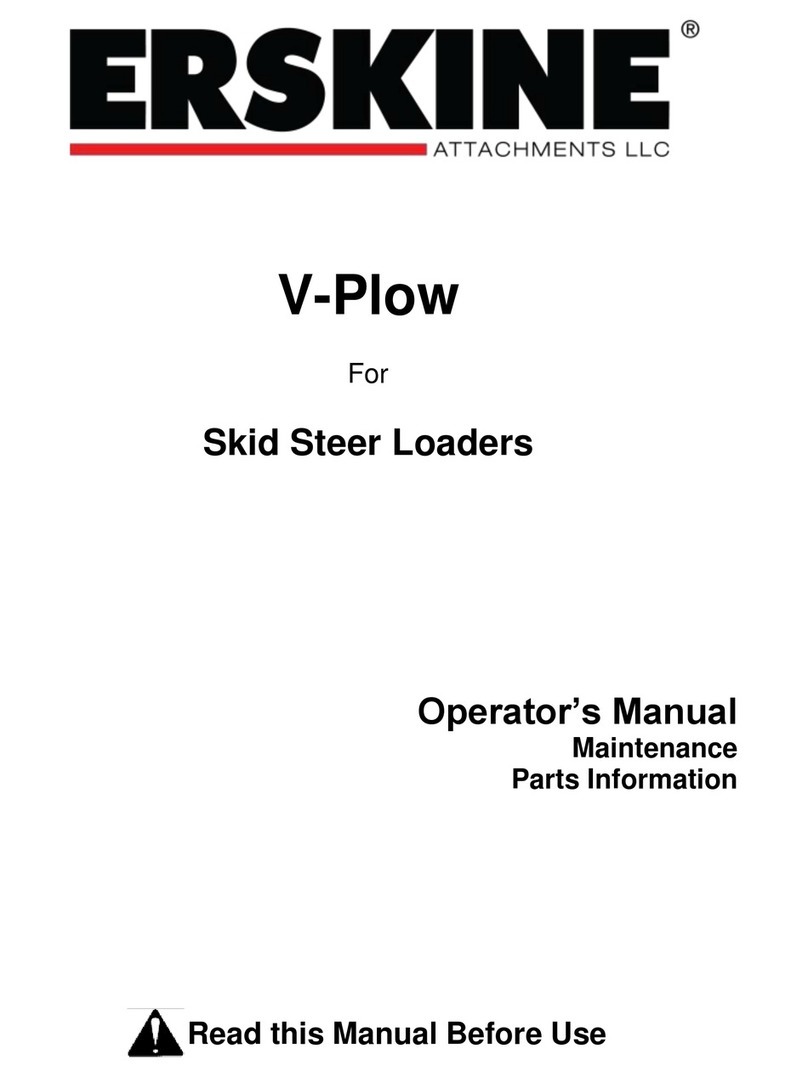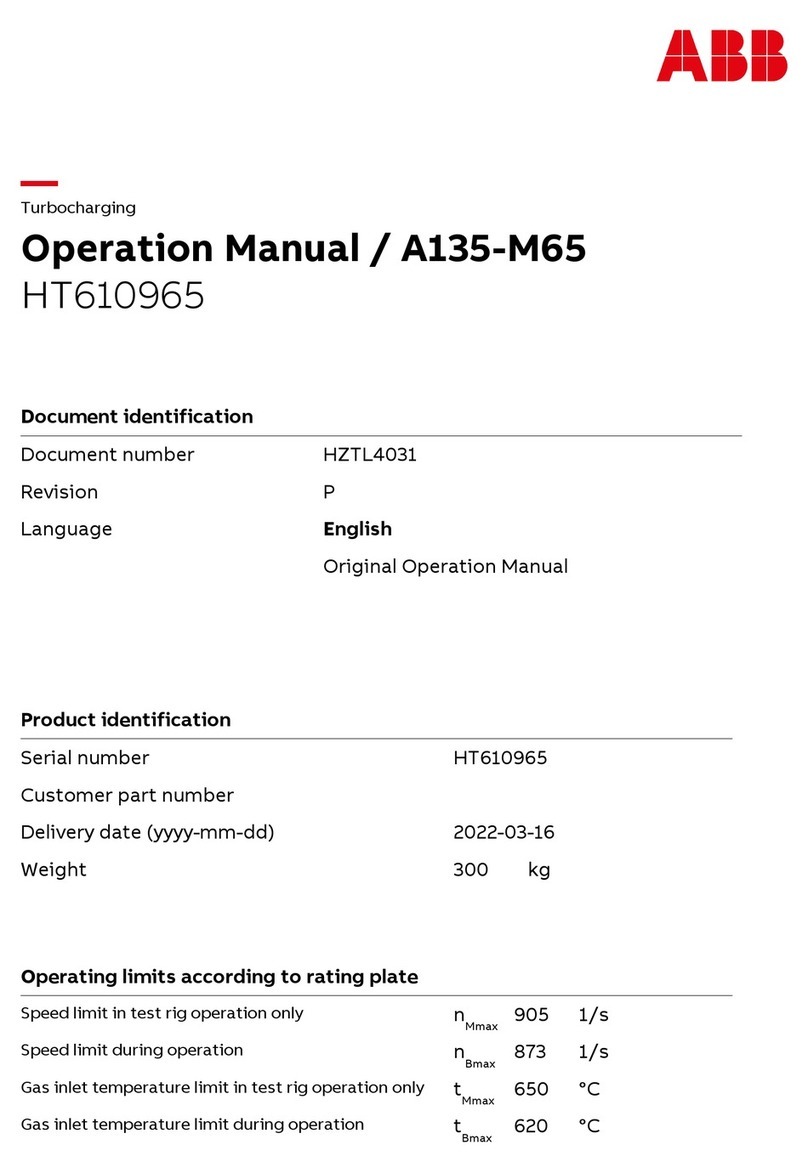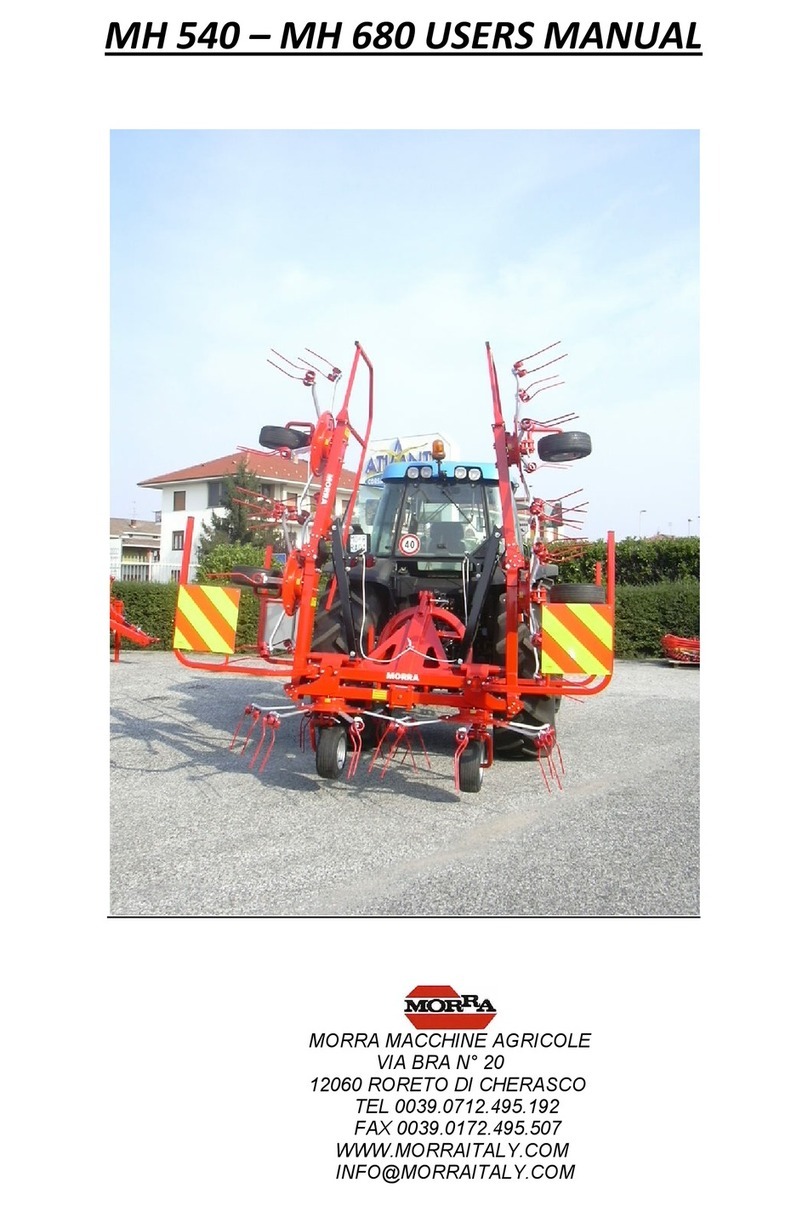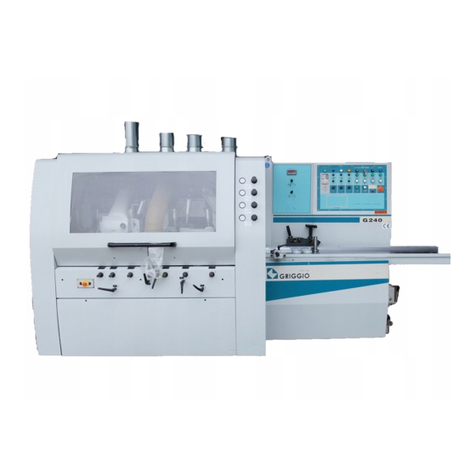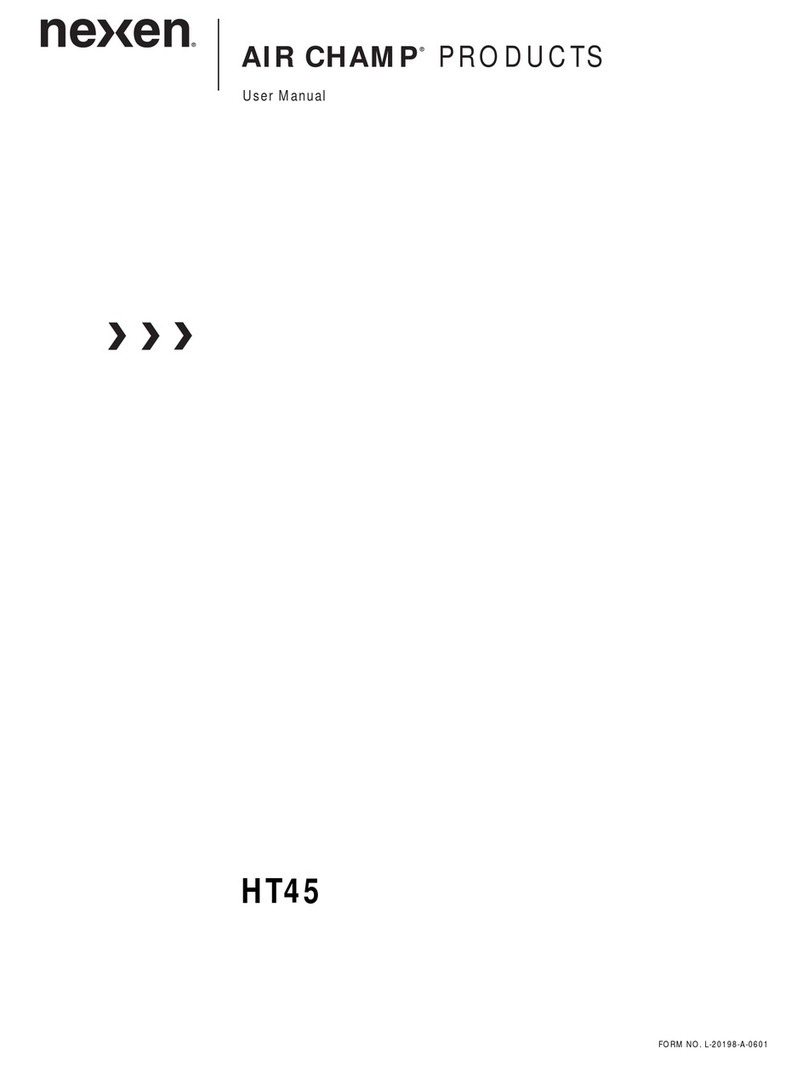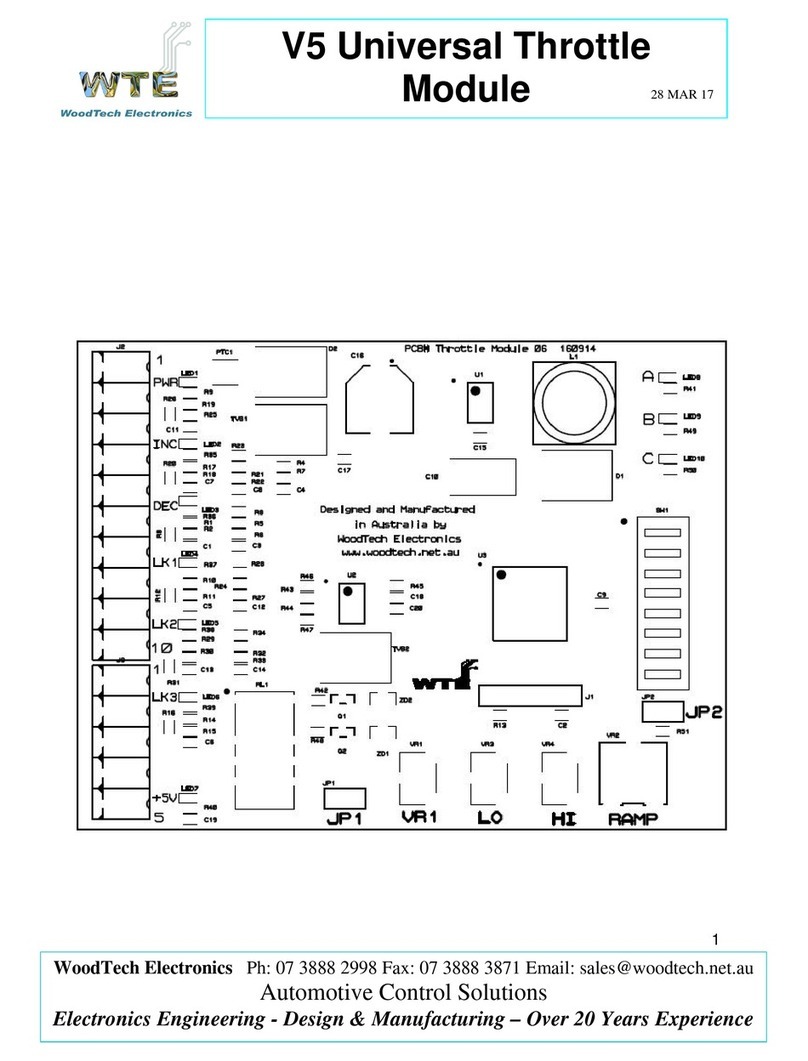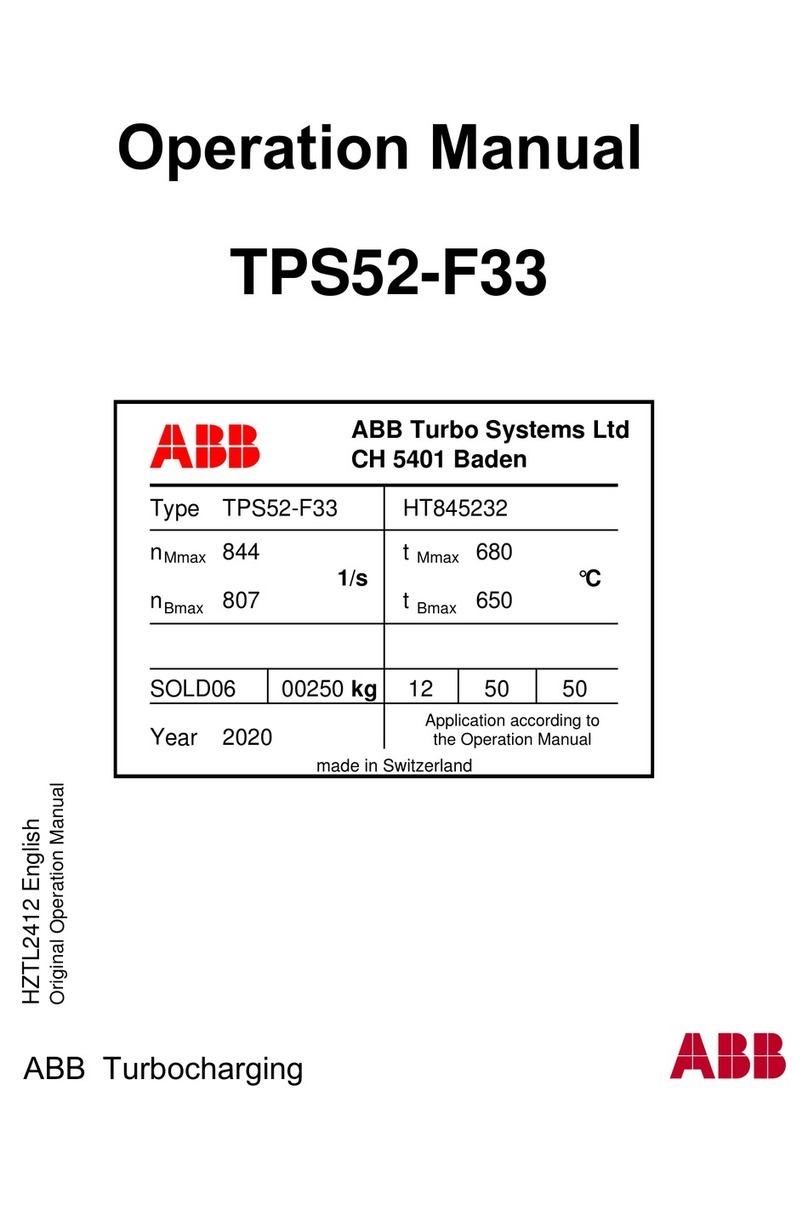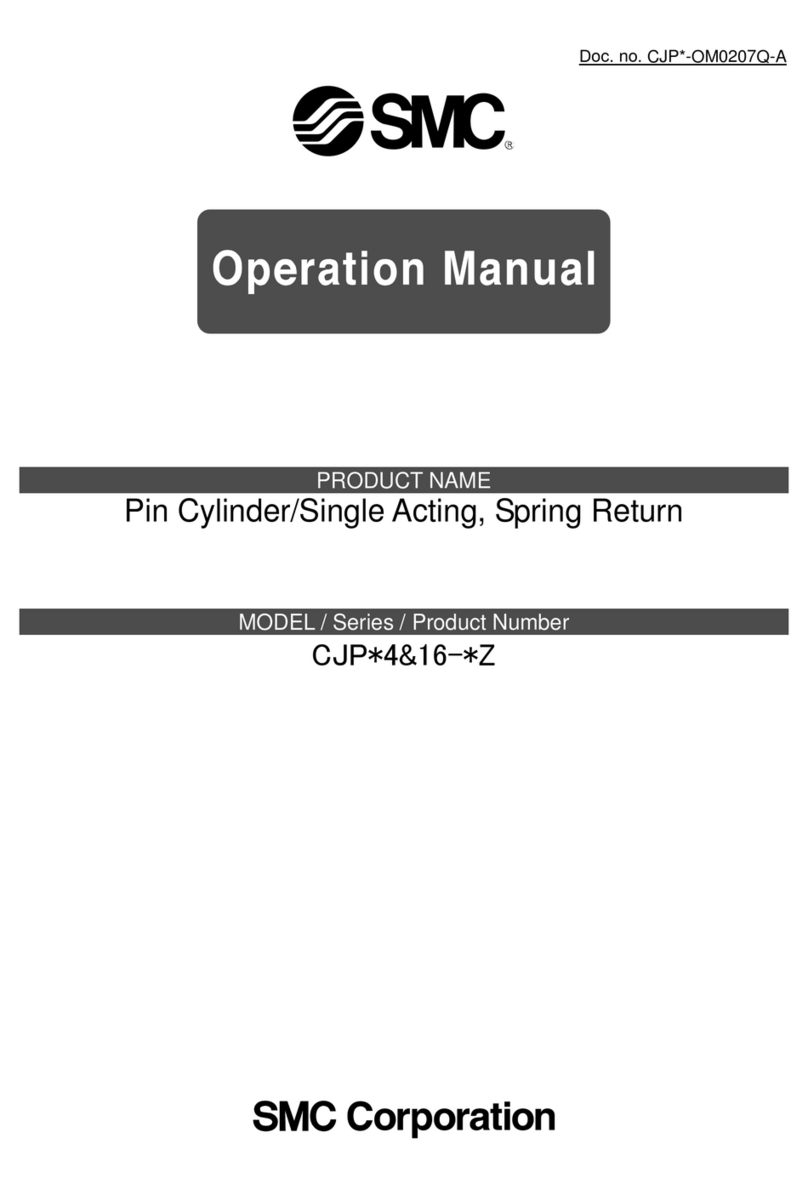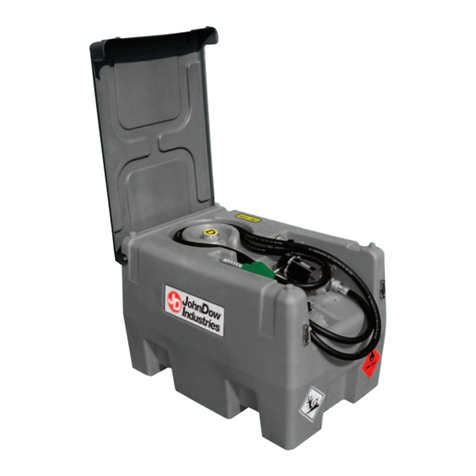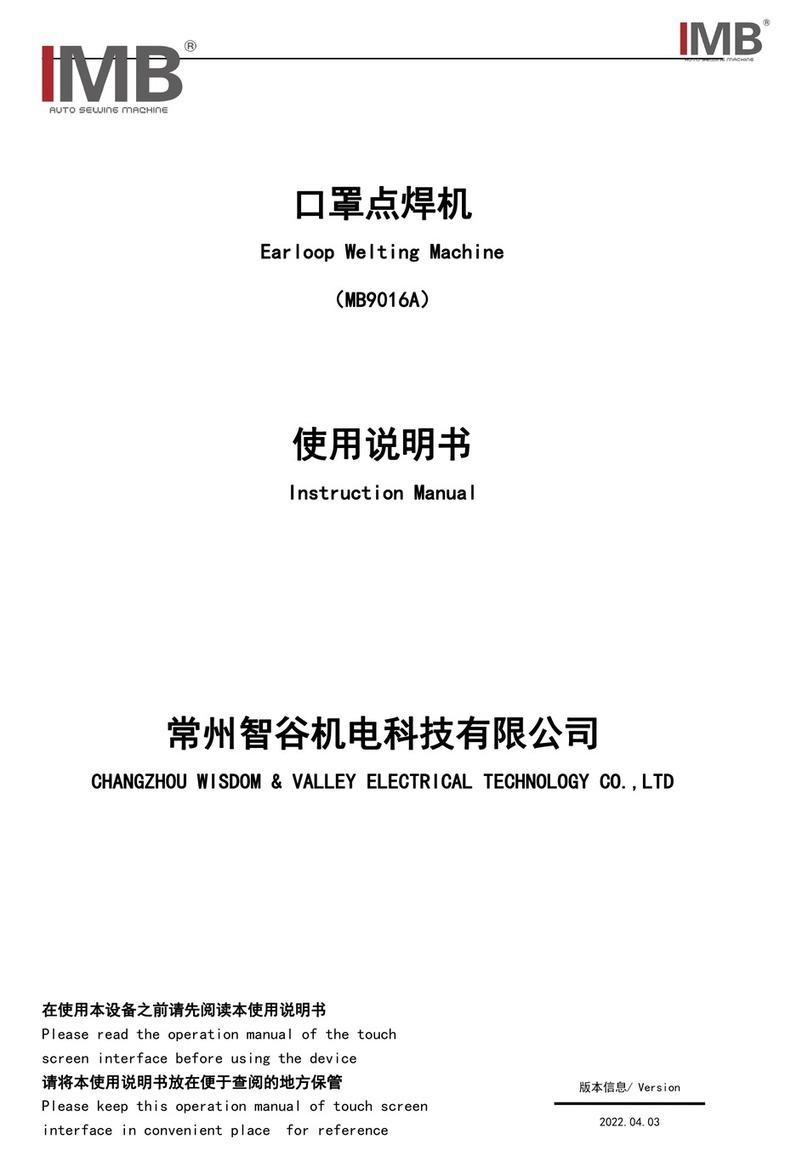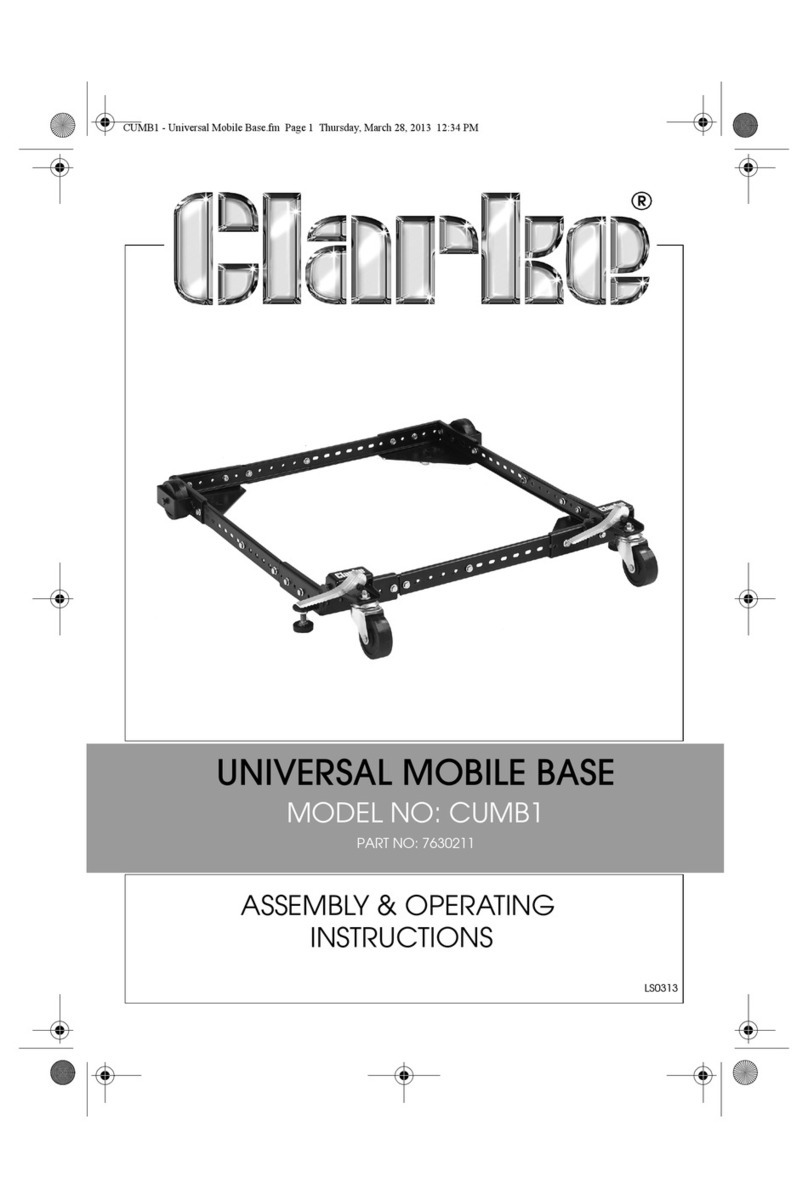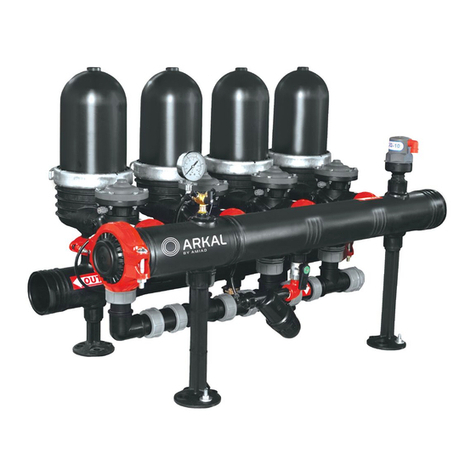
Table of Contents
PELLERIN MILNOR CORPORATION
Sections Figures, Tables, and Supplements
2.2. Minimizing Risks in Entering the Tunnel (Document BIPCUS01)
2.2.1. About Tunnel Jams and How to Prevent Them
2.2.1.1. Correct Water Levels
2.2.1.2. Correct Load Sizes
2.2.1.3. Correct Cylinder Rotation
2.2.2. Clearing Tunnel Jams Safely and Efficiently
2.2.2.1. Guidelines for Management
2.2.2.2. What to Do Before Entering the Tunnel Figure 2: Positioning the Cylinders
Figure 3: Blocking the Cylinders
Figure 4: Safety in Clearing Tunnel Jams
2.2.2.3. Which End of the Tunnel to Enter
2.2.2.4. Clearing the Jam
2.2.2.5. Which End of the Tunnel to Exit
2.2.2.6. Safety Procecures if the Tunnel Must be Entered
and/or Exited from the Discharge End
2.2.3. Electric Welding Inside the Tunnel
Chapter 3. Routine Maintenance
3.1. Routine Maintenance—CBW®Tunnel Washer (Document
BIUUUM09)
3.1.1. How To Show the Maintenance On a Calendar Figure 5: How to Mark the Calendar. This
machine operates 60 hours each week.
3.1.2. Maintenance Summary Table 1: Guards and Related Components
Table 2: Filters, Screens, and Sensitive
Components
Table 3: Fluid Containers
Table 4: Components that Become Worn
Table 5: Bearings and Bushings
Table 6: Mechanisms and Settings
3.1.3. How to Remove Contamination Table 7: Contamination Types, Cleaning
Agents, and Procedures
3.1.4. Lubricant Identification and Procedures Table 8: Lubricant Identification
3.1.4.1. Grease Gun Procedures
3.1.4.2. Grease Procedures for Motors Figure 6: Motor Grease Maintenance
Conditions
Table 9: Motor Grease Intervals and
Quantities. Use grease #1 (Table 8)
Table 10: Motor Grease Schedule


